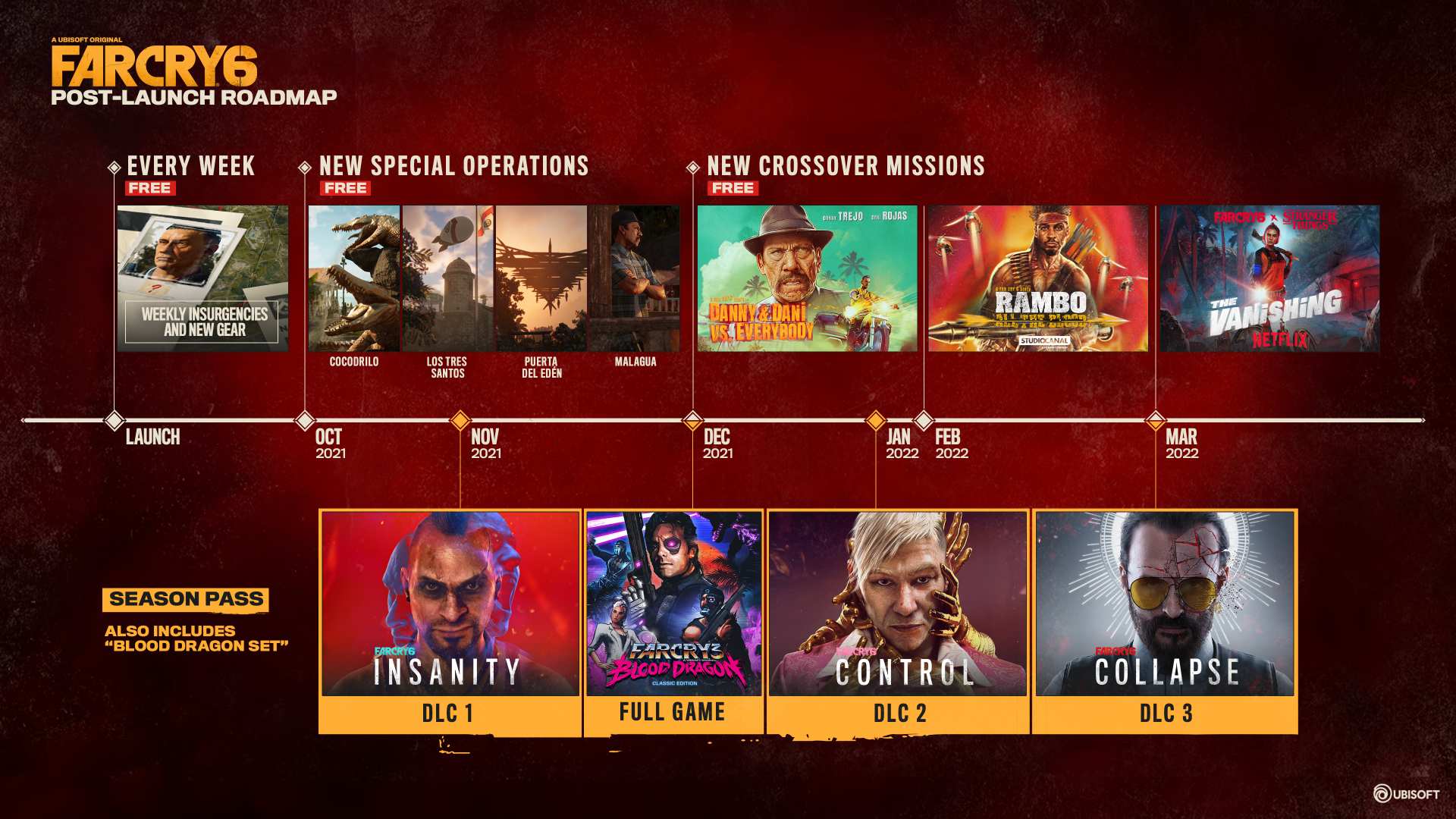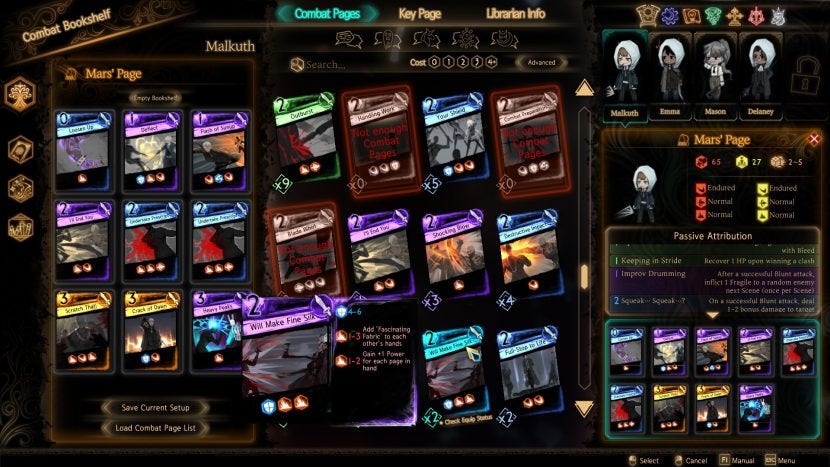Bloodborne is an action-RPG with Gothic horror and cosmic horror elements developed by Japanese game studio FromSoftware and published by Sony Computer Entertainment as an exclusive game for the PS4 on 24 March, 2015. FromSoftware, most famously known for the Souls series (Demon’s Souls, Dark Souls 1, 2 and 3) took their renowned combat system and level design and applied them to a new setting with a Gothic Victorian aesthetic. Due to its similarities with the other games, Bloodborne is also considered part of the Souls series (or the Soulsborne series as most gamers have taken to call it).

The game begins with the player character waking up in a dilapidated clinic in the city of Yharnam, receiving a “blood ministration” – a medical procedure that Yharnam is famous for. Shortly after, the player character is plagues by visions of werewolves and small grey creatures known as “messengers” before blacking out once again. When they finally regain consciousness, the player finally gains control over the character. Stepping out of the clinic room, the player is shortly unceremoniously killed by a werewolf, but instead of dying, they “wake up” in the Hunter’s Dream, a location that would serve as a base for the player throughout the course of the game, allowing them to level up and upgrade their weapons.
Welcome home, good hunter. Tonight, you shall join the hunt.
The Elemental Tetrad
Mechanics
Bloodborne’s mechanics are very similar to FromSoftware’s previous titles (such as those mentioned earlier) and its controls are designed for the Dualshock 4 controller (since Bloodborne is a PlayStation exclusive title). Movement-wise, it controls very similarly to most third-person action RPGs, with the ability to dodge and to lock onto enemy targets. The combat system revolves around the health and stamina bars of the player. Stamina is required to perform attacks, cast spells, to dodge and to sprint. Careful management of stamina is they key to surviving the nightmares of Yharnam.
Health is also an important resource, as losing all your health will cause the player to drop all accumulated currency (known as “Blood Echoes”) at their location of death, which can be retrieved. They will also be sent back to the previous checkpoint and most slain enemies will be revived. Healing items are also limited and have to be managed. One interesting mechanic is the “rally” system. Whenever the player takes some damage, a portion of the lost health can be recovered through attacking enemies, essentially taking back the life you lost, encouraging a more aggressive, fast-paced playstyle compared to previous FromSoftware titles.
Different weapons also have different rates at which health is regained through attacking. On the topic weapons, all weapons in Bloodborne have an alternate form, which can be some sort of weapon buff or change the shape (and therefore moves) of a weapon completely, allowing for a wide variety of playstyles and replayability.
Story
The story of Bloodborne is told indirectly through cryptic dialogue with NPCs and item descriptions. There are rarely, if any, direct explanations of the events in the game. Each item, even simple tools used by the player such as a Molotov cocktail, has an item description that depicts the lore behind it, and some items are crucial to deciphering the overarching story. This adds to the mystery in the game and at the same time allows players who interested in the story to come up with their own interpretations. It should come as no surprise that there are many YouTube videos explaining the lore and story in Bloodborne.
Aesthetics
Bloodborne’s aesthetic is very striking. The dark environments give an oppressive and foreboding feeling wherever the player goes, constantly putting the player on edge. However, the environments are very varied, including, but not limited to, city streets in Yharnam, the interiors of a cathedral, a dark forest and a few different nightmare realms. Somehow, despite the relatively constant dark colour palettes, the different areas of Bloodborne feel distinct from each other, each having its own flair or flavour. The level design in Bloodborne, where shortcuts can be opened to link older and newer areas, also help make the world feel more interconnected and real and is a signature aspect of FromSoftware’s level design.
The Gothic Victorian aesthetic makes a big first impression and can be seen in both the character’s clothes and equipment, and the surrounding architecture, with towering spires and spiked fences everywhere in the city. The blood and gore in Bloodborne further add to the oppressive atmosphere and players often find their characters drenched in blood after a battle. Aside from the visual aesthetics in the game, Bloodborne also features top-notch voice acting and music, further bringing the world to life.

Technology
Bloodborne was developed in an in-house game engine and does not feature any pre-rendered cutscenes. All cutscenes are rendered in real-time. The load of the game on the PS4 was noticeable in some locations, but for most parts of the game, it ran quite smoothly at 30 frames per second. I think that the graphics of Bloodborne is very good especially for its time, with dramatic lighting and clothing physics that bring the world to life and gives the player a sense of the speed at which their character moves respectively. If this game had been brought to PC however, I feel that it could be even more graphically stunning (not that it needs to be).
#38: The Lens of Challenge
The Soulsborne series is known for being very challenging, and Bloodborne is no exception. The main challenge in Bloodborne comes from the brutal combat. Enemies can kill the player very quickly, especially a new character. Normal enemies also tend to swarm the player, with both melee and ranged attacks. Bosses generally fight the player 1-on-1, but have even stronger, more varied attacks that must be memorised, so that the player can dodge them and fit in some attacks. In addition to just avoiding attacks, players also need fight opportunities to attack, lest the boss fight last forever. The limited amount of healing resources and the time needed to use them also pose a challenge, as players would need to decide when to heal and generally avoid damage to not run out of healing items. While the game is indeed hard, I think the challenge is appropriate and the feeling of triumph that comes with defeating a difficult boss is well worth the effort. It also forces the player to gain mastery over the game mechanics in order to win, which brings me to my next point.
#34: The Lens of Skill
The game, being so challenging, requires many different skills from the player, which are developed over the course of the game. What I like about Bloodborne is that most fights are determined by player skill with low amounts of randomness (except for a certain boss fight near the end of the game). Being able to read and react to enemy movements, having good spatial awareness and being aware of opportunities to attack or to heal are all essential skills required to beat the game. With practice, I feel that most players would be able to improve their skills and eventually beat the game. The game is hard and demanding, but not unfair. Since the game focuses on PvE content, improving these skills is a reward in and of itself, allowing players to clear content with more ease and derive more fun.
#84: The Lens of the World
Bloodborne’s world, while grim and dark, is at the same time beautiful and intriguing. Exploring the different nooks and crannies of the game world fills my head with myriad questions about the nature of this world. Through NPC interactions and hidden side quests, we can also witness change in our environment and the characters around us, making it feel like a horrific but nevertheless living world.
#85: The Lens of the Avatar
As the player character is created by the player and is not set by the game itself, it allows players to project their ideals onto their character. This can be in the form of the weapons and armour they choose, or in how they develop their character as it levels up. By allowing players such freedom of choice, the game allows us to create an ideal beast-slaying badass that best fit our own imagination, making for an unforgettable experience.
Conclusion
Bloodborne is an amazing game with a well-developed combat system and an enigmatic world. The visual style stands out and the music complements the different bosses in the game. While I’ve stopped playing it regularly (since I had already beaten it multiple times), it would forever be one of my top video games and I hope for a sequel. Alas, I had to leave out many parts of the game lest this review go on even longer. Nevertheless, I hope I had given you, the reader, a good initial idea of the game. Maybe you’ll even give it a try, if you own a PS4/5.
Farewell, good hunter. May you find your worth in the waking world.



























